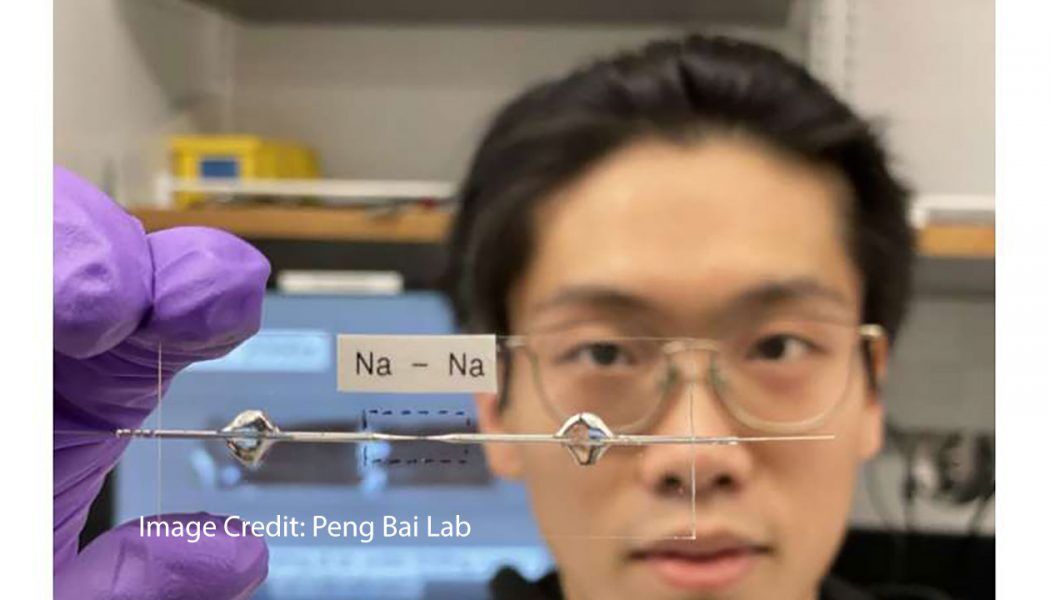A new, Anode-Free Sodium Battery has been developed at St. Louis Lab of Peng Bai, McKelvey School of Engineering. This new battery is stable, highly efficient and less expensive to make. It is significantly smaller than traditional Lithium Ion Battery. Lithium-Ion batteries are the best that we have, with respect to energy density and convenience.
In a traditional Lithium Ion battery, lithium ions flow from the anode to cathode through the electrolyte. Free electrons leave through the current collector to the device being powered. Lithium at the same time passes the separator and reaches the cathode. While charging the battery, lithium passes from cathode to anode through the separator.
Anode-Free Sodium Battery – Technology
Concept of Anode-Free battery is not a new concept, replacing lithium with Sodium. But no tests were showing the lifetime of anode-free batteries. These anode-free batteries found to be unstable and growing dendrites. The finger-like dendrites growth can cause the battery to short and degrade very easily and quickly.
The new Sodium Anode-Free batteries contain only a thin layer of copper foil on the anode side, which is the current collector. It is as good as having no anode material. The ions get transformed into a metal instead of flowing to the anode and sit there. A coating is made on the copper foil by this metal and finally dissolve away when it is time to return to the cathode.
Source of information: TechXplore.com. Read the complete article here
